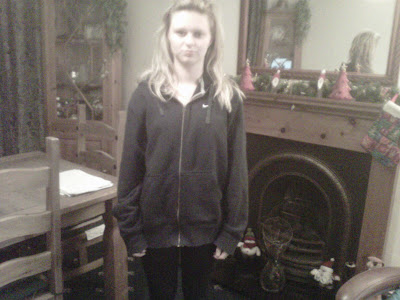This title sequence uses theme to create the title sequence in that we can gather it is about vampires from the use of a cherry on the child's lips, which looks like blood.
They have used a lot of symbolism in this, for example in the beginning they show a desolate city then cuts to a busy town to show deaths of people. Their is also connotations of death, in that we see snakes biting, decomposing animals, dead animals, with lots of blood.
A main focus is between a group of people in a church and strippers, which show two completely different groups. This could mean that their is a religious edge to it but also a dark side with the use of strippers.
It generally uses the conventions of a vampire genre, with the use of red colour and themes to interact with vampires.























